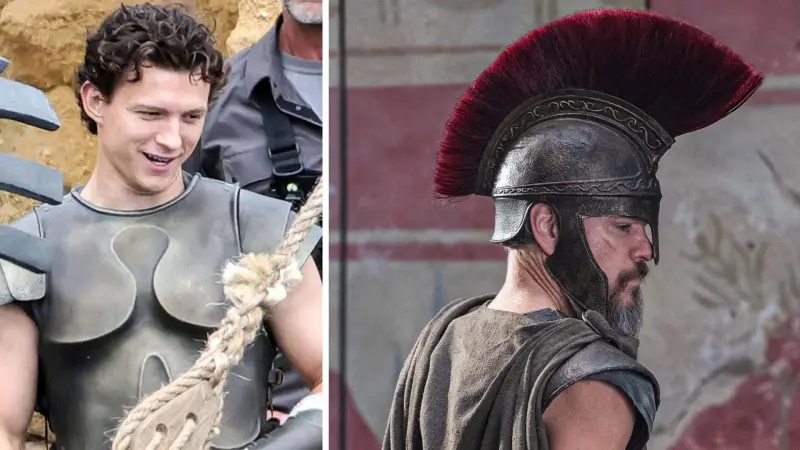Origins and Early Development of Terracotta Sculpture
Terracotta, meaning "baked earth," has been one of the most widely used materials in sculpting since ancient times. Various civilizations, from Mesopotamia to China, utilized this versatile medium to create artistic, religious, and functional objects. The earliest known terracotta figures date back to approximately 30,000 BCE, with small figurines found in prehistoric sites across Europe and Asia.
In Mesopotamian societies, terracotta was primarily used to create religious idols and protective figurines. Sumerians and Babylonians crafted small, intricately designed sculptures representing deities and mythical beings, often placed in homes and temples for spiritual protection. Similarly, in ancient Egypt, terracotta was used to craft funerary items, including shabti dolls, which were placed in tombs to serve the deceased in the afterlife.
The Role of Terracotta in Classical Civilizations
Terracotta gained prominence in classical civilizations such as Greece, Rome, and China, where sculptors used it for both artistic and utilitarian purposes. The Greeks perfected the technique, producing exquisite terracotta figurines representing gods, mortals, and mythological scenes. These sculptures often depicted everyday life and were painted with vibrant colors to enhance their visual appeal.
In ancient Rome, terracotta was used extensively for architectural decoration, including ornate friezes, reliefs, and roof tiles. The Etruscans, predecessors to the Romans, were especially skilled in terracotta work, as seen in their detailed funerary urns and sarcophagi.
Meanwhile, in China, terracotta played a significant role in burial practices, most notably in the creation of the Terracotta Army. Commissioned by Emperor Qin Shi Huang in the 3rd century BCE, this massive collection of life-sized soldiers, horses, and chariots was designed to protect the emperor in the afterlife. Each figure was uniquely crafted, showcasing the high level of artistic skill and attention to detail present in ancient Chinese terracotta sculpting.
Cultural Significance of Terracotta Sculpting
Terracotta sculptures held immense cultural and religious significance across various civilizations. They were often used in ritualistic practices, depicting deities and spiritual figures that connected people to their gods. In some societies, they played a role in ancestor worship, serving as offerings or representations of deceased family members.
Beyond religious and funerary contexts, terracotta sculptures also reflected societal values and artistic advancements. They provided insight into ancient clothing, hairstyles, and social customs, serving as valuable historical records. Moreover, the affordability and accessibility of terracotta allowed artists from different social classes to engage in sculpting, democratizing artistic expression in many cultures.
The Legacy of Terracotta Sculpting
The techniques developed in ancient terracotta sculpting continue to influence modern ceramic arts. Contemporary sculptors draw inspiration from the craftsmanship of past civilizations, incorporating traditional methods into modern artistic interpretations. Archaeological discoveries of terracotta sculptures continue to shed light on ancient societies, offering glimpses into their beliefs, aesthetics, and daily lives.
In summary, terracotta sculpting was a fundamental artistic practice in many ancient civilizations, serving religious, funerary, and decorative purposes. Its legacy endures as an essential aspect of both historical study and modern artistic expression, showcasing the enduring significance of this ancient art form.







